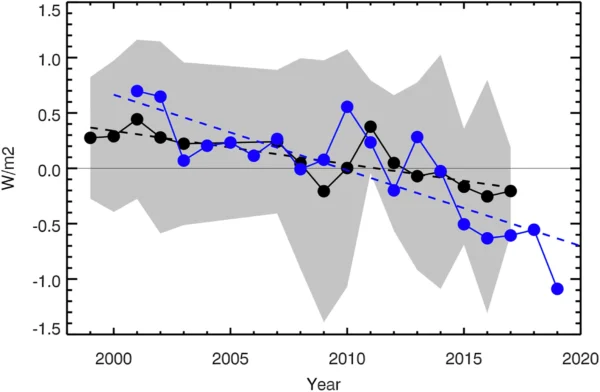Guest post by Mark Richardson who is a Research Scientist in the Aerosol and Clouds Group at NASA’s Jet Propulsion Laboratory, California Institute of Technology. All opinions expressed are his own and do not in any way represent those of NASA, JPL or Caltech.
Should scientists choose to believe provably false things? Even though that would mean more inclusive debates with a wider range of opinions, our recent paper Richardson & Benestad (2022) argues no: “instead of repeating errors, they should be acknowledged and corrected so that the debate can focus on areas of legitimate scientific uncertainty”. We were responding to Connolly et al., who suggested that maybe the Sun caused “most” of the warming in “recent decades” based on a simple maths mistake.
[Read more…] about Serious mistakes found in recent paper by Connolly et al.References
- M.T. Richardson, and R.E. Benestad, "Erroneous use of Statistics behind Claims of a Major Solar Role in Recent Warming", Research in Astronomy and Astrophysics, vol. 22, pp. 125008, 2022. http://dx.doi.org/10.1088/1674-4527/ac981c


